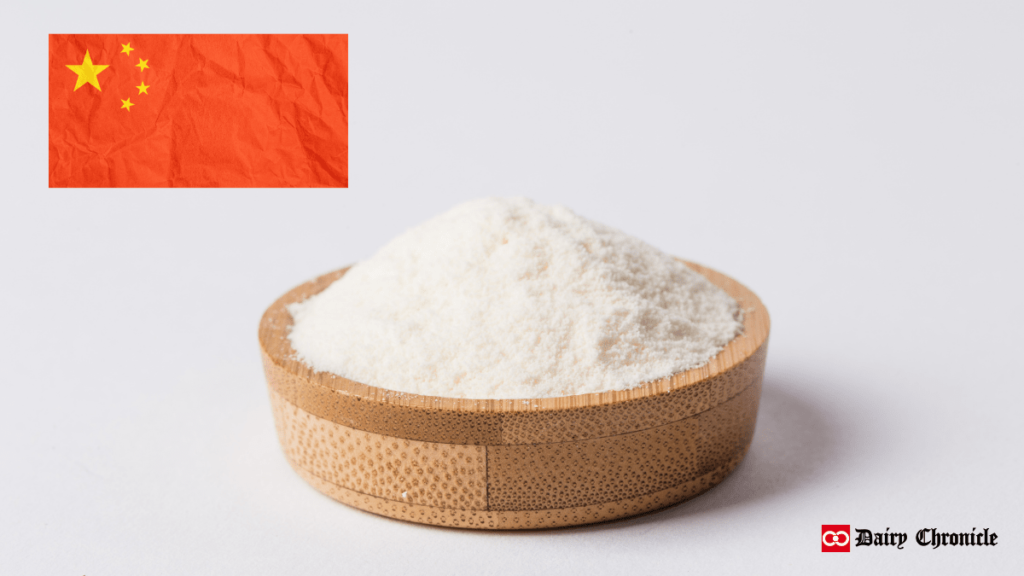China’s milk production has surged while prices have hit a 12-year low at 3.23 RMB per kilogram. The decline in feed costs and a 31% drop in infant formula imports have contributed to this trend. Although production increased by 1% in May, many independent farmers are struggling financially, leading to culling and shifts to cheaper feed. China’s rising self-sufficiency, now at 85%, signals a potential shift from a major importer to a significant exporter of dairy products.
Record Milk Production Amid Declining Prices
China is experiencing a notable surge in milk production, driven by the expansion of large-scale dairy operations and a decrease in feed costs. As of August 2024, the price of liquid milk has fallen to 3.23 RMB per kilogram, the lowest level recorded in over a decade. This marks an 18-month streak of declining milk prices.
Impact of Decreased Feed Costs and Market Trends
The increase in domestic milk production is accompanied by a downturn in the market for imported infant formulas. This decline is primarily attributed to a decreasing birth rate in China. Recent data from New Zealand’s Ministry for Foreign Affairs and Trade (MFAT) shows a significant 17% drop in infant formula exports to China, totaling $410 million in the first four months of the year. This decline follows a high baseline set in 2023 when New Zealand companies adapted quickly to new Chinese registration regulations for infant formulas.
Market Dynamics and Challenges for Farmers
Despite the overall growth in dairy production, the market faces several challenges. In May 2024, China’s milk production increased by 1% year-over-year, following a 2.3% rise in April. However, the current low price levels are creating financial distress for many dairy farmers, especially those not affiliated with large processors like Mengniu or Yili. These independent farmers are culling cows and opting for cheaper feed options to manage their losses, driven by high production costs associated with imported feeds like U.S. hay and corn.
Shifts in the Infant Formula Market
The infant formula market in China is undergoing significant changes. Trade data indicates a 31% year-on-year decrease in China’s imports of infant formula, reflecting a growing confidence in local brands and reduced demand due to demographic trends. This shift has led to an increase in self-sufficiency in the dairy sector, rising from 70% to 85% over the past four years. As a result, China may transition from being a major importer to a key exporter of dairy products in the near future.
Implications for Global Trade
The transformation in China’s dairy market is expected to impact global trade dynamics. The increase in local dairy production and the decline in imports are likely to affect international dairy prices and market shares. The implementation of new labeling regulations and the strong preference for locally produced dairy goods are reshaping consumption patterns within China. These changes are contributing to a preference for New Zealand dairy products over those from the European Union, thanks to more favorable trade agreements.
China’s dairy market is undergoing a significant transformation, with increased domestic production, plummeting prices, and shifts in the infant formula sector. These changes are poised to have broad implications for global dairy trade, influencing market dynamics and trade relationships.



